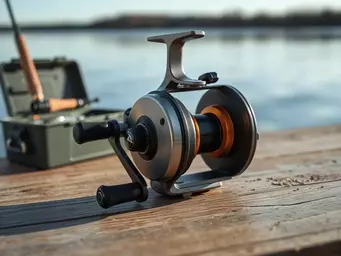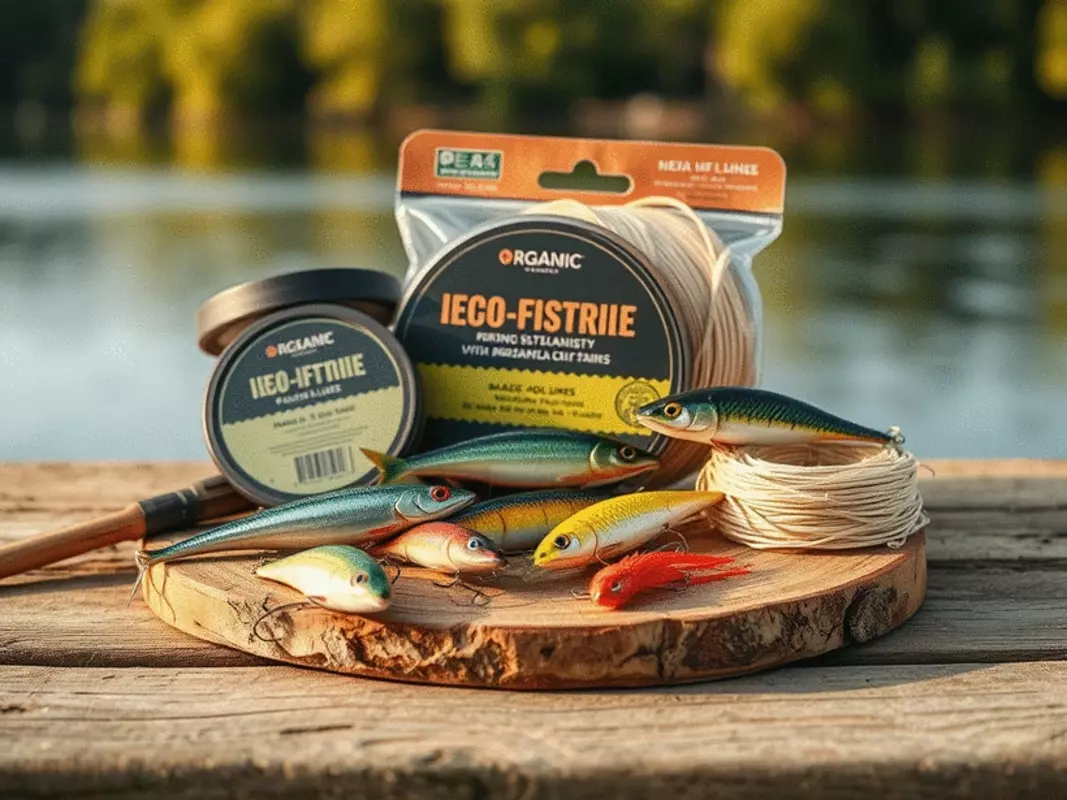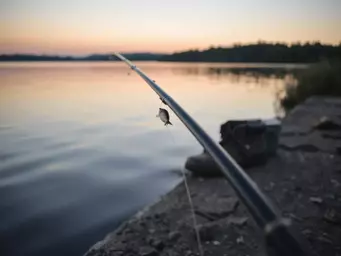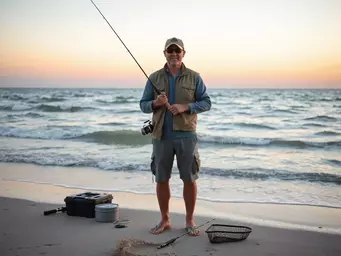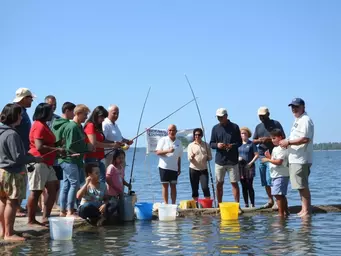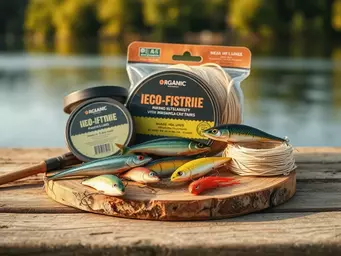Fishing Line Selection: Fresh vs. Salt
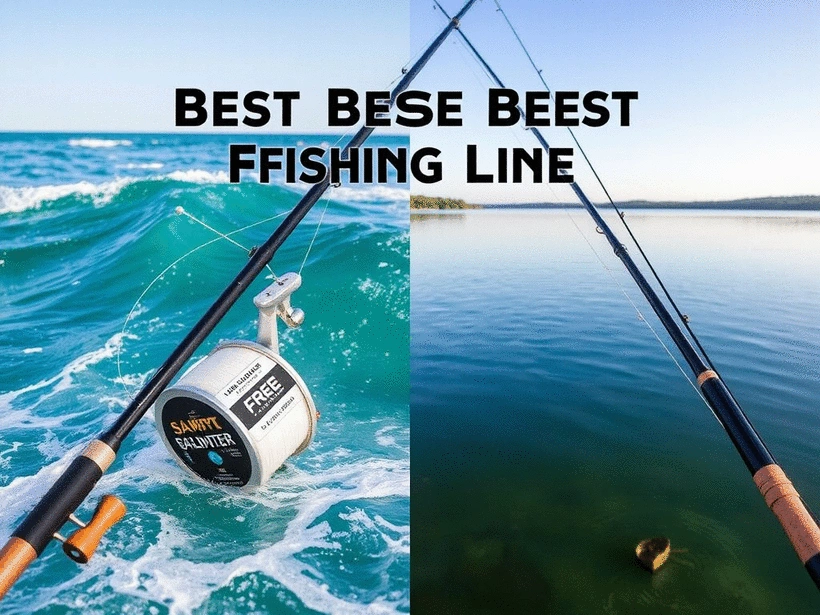
Choosing the right fishing line can make all the difference in your angling success. Have you ever wondered what sets saltwater apart from freshwater lines? Understanding these differences equips you with the knowledge to enhance your fishing adventures!
What You Will Learn
- Saltwater fishing lines are designed with corrosion-resistant materials, crucial for enduring harsh ocean conditions.
- Freshwater lines prioritize sensitivity, allowing anglers to detect even the slightest bites.
- Line stretch impacts hook sets; less stretch means more direct contact with the fish, improving your overall fishing experience.
- High abrasion resistance in lines can protect your gear in tough environments, minimizing breakage.
- Visibility plays a significant role; using clear lines in clear waters can prevent spooking fish, while brighter lines aid visibility in murky conditions.
- Understanding the long-term value of different line types, such as monofilament, fluorocarbon, and braided lines, can help you evaluate cost vs. performance.
- Setting a budget for fishing lines should consider frequency of use, target species, and environmental conditions for maximum effectiveness.
- Tailoring line selection based on regional insights, such as fishing in brackish waters or specific local conditions, can enhance your success rate.
Fishing Line Comparison: Saltwater vs. Freshwater
This visual highlights the key differences and considerations when choosing fishing lines for saltwater and freshwater environments.
Material Characteristics
Saltwater: Corrosion-resistant (Fluorocarbon, Coated Monofilament)
Freshwater: Finesse & Sensitivity (Softer, More Flexible)
Performance Metrics
- • Line Stretch (impact on hook sets)
- • Abrasion Resistance (tough conditions)
- • Line Visibility (water clarity)
- • Line Diameter (casting, strength)
Cost vs. Performance (Line Types)
- • Monofilament: Affordable, frequent replacement
- • Fluorocarbon: Higher cost, low visibility, sensitivity
- • Braided Line: High initial cost, high durability, less replacement
Regional Adaptation & Best Practices
Brackish/Estuaries: Abrasion resistance, salinity performance, blending visibility.
Saltwater: Corrosion-resistant materials for harsh conditions.
Freshwater: Prioritize sensitivity and finesse for smaller species.
Understanding the Key Differences Between Saltwater and Freshwater Fishing Lines
As anglers, we often find ourselves caught in the debate between saltwater and freshwater fishing lines. Each type has its unique characteristics, making it crucial to understand how they differ to enhance our fishing experience. In this section, we’ll dive into the fundamental aspects of these lines, focusing on material characteristics, performance metrics, and what matters most for our fishing adventures.
Whether you're casting in a tranquil freshwater lake or battling the waves of the ocean, knowing the right fishing line can significantly improve your catch rate. Let's explore the essential differences that can guide our choices!
Material Characteristics: Durability vs. Sensitivity
When choosing a fishing line, it’s essential to consider its material characteristics, especially its durability and sensitivity. Saltwater lines are typically designed to withstand harsher conditions, while freshwater lines emphasize sensitivity for detecting subtle bites. Understanding these nuances can make a big difference in your fishing success!
- Corrosion-resistant Features for Saltwater Lines: Saltwater fishing lines often incorporate advanced materials that resist corrosion. This feature is vital for longevity, as the corrosive nature of saltwater can quickly degrade inferior lines.
- Finesse and Sensitivity in Freshwater Lines: Freshwater lines are engineered with sensitivity in mind, allowing anglers to feel every nibble. This increased sensitivity can be a game-changer when targeting finicky fish!
Corrosion-resistant Features for Saltwater Lines
Saltwater lines, like those we often use at Addict Fishing, are made from materials such as fluorocarbon or specially coated monofilament. These materials provide enhanced resistance to saltwater exposure, ensuring that your line holds up against harsh conditions. This durability allows us to focus on what we love—fishing!
Finesse and Sensitivity in Freshwater Lines
In contrast, freshwater fishing lines prioritize finesse. They are typically softer and more flexible, which helps in detecting even the lightest bites. As an angler, I've experienced firsthand how a sensitive line can lead to more successful hook sets, especially when chasing species like trout or panfish!
Performance Metrics: What Matters Most?
Understanding the performance metrics of fishing lines is crucial for every angler. From line stretch to abrasion resistance, these factors can significantly influence our overall fishing experience. Here’s what to keep in mind:
- Line Stretch and Its Impact on Fishing Experience: The amount of stretch in a line can affect hook sets and sensitivity. Less stretch often means more direct contact with the fish!
- Abrasion Resistance: Protecting Your Gear in Tough Conditions: Lines that are more abrasion-resistant can withstand rough structures, like rocks or weeds, preventing breakage during critical moments.
- The Importance of Line Visibility in Different Waters: Visibility plays a significant role in line selection. In clear waters, less visible lines can lead to better bites, while brighter lines are useful in murky conditions.
- Understanding Line Diameter and Its Effects on Performance: Thinner lines generally have less drag in the water, which can affect casting distance and lure action.
Line Stretch and Its Impact on Fishing Experience
Line stretch can be a double-edged sword. A line with too much stretch can result in missed hook sets, while a stiffer line often provides better sensitivity. It’s essential to find a balance that suits your fishing style and target species!
Abrasion Resistance: Protecting Your Gear in Tough Conditions
Fishing in rocky or snaggy areas? You’ll want a line that boasts high abrasion resistance. This feature ensures that your line can endure the wear and tear from tough conditions, allowing you to enjoy your fishing trip without constant re-ties!
The Importance of Line Visibility in Different Waters
Choosing a line with the right visibility can make all the difference. For instance, using a clear fluorocarbon line in clear waters can help you avoid spooking fish, while a bright line is easier to see for tracking during a fight.
Understanding Line Diameter and Its Effects on Performance
Lastly, it’s vital to consider line diameter. A thinner line can help with casting distance but may sacrifice strength, while a thicker line offers more durability at the cost of visibility. Reflect on your fishing style and target species to choose the best diameter!
Interactive Poll: Your Fishing Line Preferences
As we delve deeper into the world of fishing lines, we'd love to hear from you! What type of fishing line do you prefer for your angling adventures? Choose one option below:
Frequently Asked Questions About Fishing Line
What are the primary differences between saltwater and freshwater fishing lines?
Saltwater lines are designed with corrosion-resistant materials to withstand harsh ocean conditions and typically have higher abrasion resistance. Freshwater lines prioritize sensitivity and finesse, often being softer and more flexible to detect subtle bites.
How does line stretch impact my fishing success?
Line stretch directly affects hook sets and sensitivity. Lines with less stretch provide more direct contact with the fish, improving your ability to feel bites and set the hook effectively. Too much stretch can lead to missed opportunities.
Why is abrasion resistance important in a fishing line?
Abrasion resistance is crucial for protecting your line in tough environments. It prevents breakage when the line comes into contact with abrasive structures like rocks, logs, or weeds, minimizing the need for constant re-ties and preserving your gear.
How does line visibility affect fishing?
Line visibility plays a significant role in preventing fish from being spooked. In clear waters, less visible lines (like fluorocarbon) are preferred. In murky or stained waters, brighter lines can be easier for the angler to track, aiding in bite detection and fighting fish.
Which type of fishing line offers the best long-term value?
The long-term value depends on your priorities. Monofilament is affordable but needs frequent replacement. Fluorocarbon is more expensive but offers low visibility and good sensitivity, enhancing your catch rate. Braided line has a higher initial cost but boasts superior durability, leading to fewer replacements over time.
Evaluating Cost vs. Performance: Making Informed Decisions
When it comes to fishing lines, the choices can seem overwhelming! Understanding how to evaluate cost versus performance is essential for every angler. Not only does it affect your wallet, but it can also significantly impact your fishing experience. At Addict Fishing, we believe in empowering anglers like you to make informed decisions that align with both your budget and fishing needs.
Let’s start with the long-term value of different line types. Investing in a quality line often pays off, particularly when you’re targeting bigger species or fishing in challenging conditions. A cheap line might save you money upfront, but if it breaks or tangles, that can lead to costly losses in gear and missed opportunities.
Analyzing the Long-term Value of Different Line Types
Every type of fishing line has its own unique characteristics and price points. Here’s a quick breakdown of the long-term value considerations for various line types:
- Monofilament: Generally affordable, but may need to be replaced more often.
- Fluorocarbon: More expensive, yet its low visibility and sensitivity can enhance your catch rate.
- Braided Line: Higher initial cost, but its durability means fewer replacements.
Understanding these differences helps you assess not just the initial cost, but the overall performance over time. Have you found a specific line that gives you great value? Share your thoughts in the comments!
Budgeting for Quality Fishing Lines: What to Consider
Setting a budget for your fishing line is crucial. While it's tempting to go for the cheapest option, remember that quality often correlates with performance. Here are a few factors to consider when budgeting:
- Frequency of use: If you fish often, investing in a high-quality line can save you money in the long run.
- Target species: Different species may require specific line types that could affect your budget.
- Environmental conditions: Fishing in tough conditions might warrant a bit more investment for durability.
By factoring these elements into your budget, you can make thoughtful decisions that benefit both your fishing style and your finances.
Brand Comparisons: Finding Value in Fishing Line Options
When shopping for fishing lines, it's essential to compare brands. Different brands offer various features and pricing, so understanding where to find value can be a game-changer. Some brands may prioritize strength and durability, while others focus on sensitivity and visibility. Here’s how to get started:
- Research trusted brands in the angling community.
- Read reviews and seek recommendations from fellow anglers.
- Look for sales or bundles that provide good deals on quality lines.
Finding the right balance between cost and performance not only enhances your fishing experience but also fosters a community connection. I always enjoy hearing about your brand experiences—what have you found that works best for you?
Regional Insights: Adapting Your Line Selection for Specific Conditions
Fishing is a dynamic sport, and environmental conditions play a vital role in your line selection. Whether you’re casting in freshwater lakes or the coastal waters, adapting your approach can lead to more successful trips. Let’s dive into some best practices for varied fishing environments!
Best Practices for Fishing in Brackish Water and Estuaries
Brackish waters, where saltwater and freshwater mix, present unique challenges for anglers. Choosing the right line is critical for success in these areas. Here are some key practices:
- Use lines with good abrasion resistance, as estuaries can have underwater structures.
- Opt for lines that perform well in varying salinity levels.
- Consider visibility; you might need a line that blends well in mixed environments.
Being adaptable is part of the adventure! What has worked for you when fishing in brackish waters? I’d love to hear your strategies!
Region-specific Tips for Saltwater and Freshwater Fishing
Your fishing line selection can vary greatly based on whether you’re in saltwater or freshwater. Here’s a quick rundown of tips tailored for each:
- Saltwater: Look for corrosion-resistant materials to withstand harsh conditions.
- Freshwater: Prioritize sensitivity and finesse for smaller species.
Tailoring your approach based on location can improve your success rate significantly. Every fishing trip is a learning opportunity, and I encourage you to share your insights with our community!
Fishing Locations: Tailoring Your Approach to Local Conditions
Finally, remember that local conditions should guide your line selection. Researching specific fishing spots can help you determine what line will work best. Here are some tips:
- Check local fishing reports for advice on line types that are currently effective.
- Engage with local fishing communities to share insights on recent catches and gear.
- Consider your fishing companions' experiences; they can offer invaluable advice!
With the right preparations, your fishing adventures can be all the more rewarding. What local tips do you have? Let’s share our knowledge and grow together as anglers!
Recap of Key Points
Here is a quick recap of the important points discussed in the article:
- Material Characteristics: Saltwater lines are designed for durability against corrosion, while freshwater lines focus on sensitivity for detecting bites.
- Performance Metrics: Factors like line stretch, abrasion resistance, visibility, and diameter significantly impact your fishing success.
- Cost vs. Performance: Evaluate different line types concerning their long-term value and how they align with your fishing needs.
- Regional Adaptation: Tailor your line selection based on specific fishing environments, including brackish waters and local conditions.

